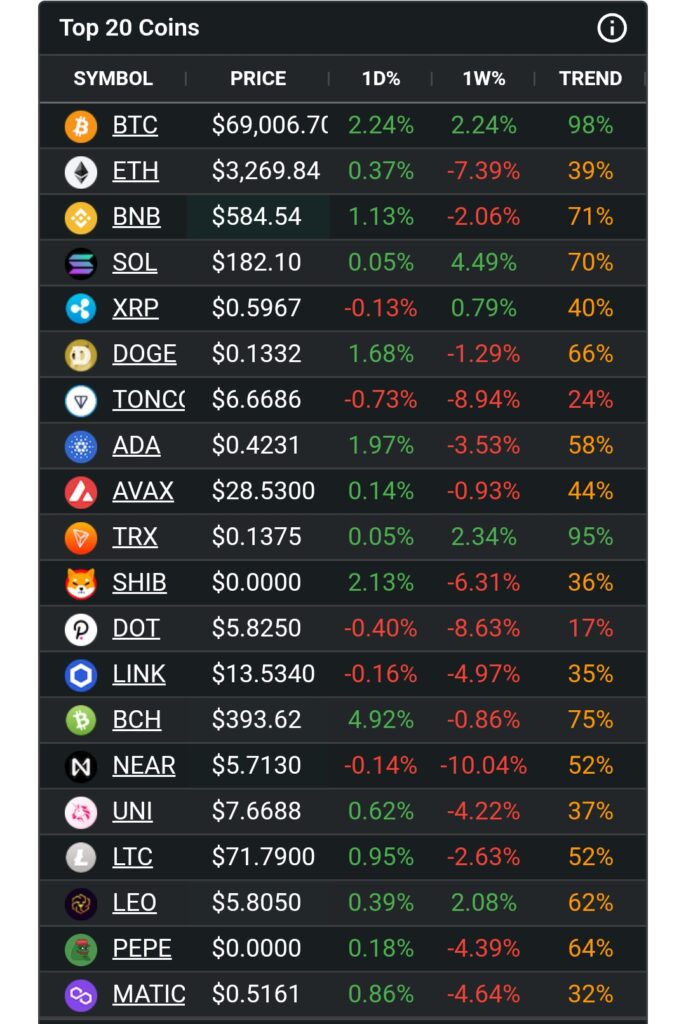Crypto-Collateralized Loans: An Overview
Imagine walking into a bank, wanting a loan, but instead of offering your house as collateral, you use Bitcoin. That’s the basic premise of crypto-collateralized loans, a rapidly growing sector in the decentralized finance (DeFi) space.
In essence, crypto-collateralized loans allow borrowers to secure loans using their cryptocurrency holdings as collateral. These loans are typically facilitated by smart contracts on a blockchain, eliminating the need for traditional financial intermediaries like banks.
Here’s how it works:
- The borrower deposits cryptocurrency as collateral into a lending platform’s smart contract. This collateral acts as security for the loan.
- The smart contract determines the loan amount based on the value of the collateral and the loan-to-value (LTV) ratio. LTV is the ratio of the loan amount to the value of the collateral. For example, a 50% LTV means you can borrow up to half the value of your crypto collateral.
- The borrower receives the loan in the form of stablecoins or another cryptocurrency.
- The borrower repays the loan with interest, and upon full repayment, the collateral is returned.
But why would you choose this over a traditional loan?
The Benefits of Crypto-Collateralized Loans:
- Accessibility: DeFi lending platforms are open to anyone with an internet connection, regardless of credit history or geographic location.
- Speed and Efficiency: Loan approvals and disbursement happen much faster than traditional loans, often within minutes.
- Transparency: All transactions are recorded on the blockchain, providing a transparent and auditable record.
- Control and Flexibility: Borrowers have more control over loan terms and can choose from various LTV ratios and repayment options.
However, crypto-collateralized loans are not without risks:
- Volatility Risk: Cryptocurrencies are notoriously volatile. If the value of the collateral drops significantly, borrowers may face margin calls, requiring them to deposit more crypto or risk liquidation.
- Smart Contract Risk: Bugs in the smart contract code can lead to vulnerabilities and potential loss of funds.
- Platform Risk: Choosing a reputable lending platform is crucial, as some platforms may be poorly managed or even fraudulent.
Reshaping DeFi Lending? The Potential Impact
Crypto-collateralized loans are already making waves in the DeFi space, and their potential impact is significant:
Increased Financial Inclusion: By offering an alternative to traditional financial systems, crypto-collateralized loans can provide access to credit for individuals and businesses who are underserved by traditional banks.
Unlocking Crypto’s Value: These loans allow crypto holders to access liquidity without selling their assets. This can be particularly useful for long-term investors who want to avoid capital gains taxes while still accessing funds.
Fueling the DeFi Ecosystem: The borrowed funds can be used for various purposes within the DeFi ecosystem, such as yield farming, liquidity mining, or investing in other crypto assets. This creates a positive feedback loop, driving further growth and innovation in DeFi.
Challenges and Future Outlook:
Despite the potential, several challenges need to be addressed for crypto-collateralized loans to become more mainstream:
- Scalability: Current DeFi platforms are limited in their transaction processing capacity.
- Regulation: The lack of clear regulatory frameworks creates uncertainty and can hinder the growth of the industry.
- User Experience: The technical complexities of DeFi can be a barrier for many users. Simpler and more user-friendly interfaces are needed to drive wider adoption.
The Future is Bright, But Not Without Risks
Crypto-collateralized loans represent a paradigm shift in lending. They offer a glimpse into a future where finance is more open, accessible, and efficient. However, it’s crucial to remember that DeFi is still in its early stages, and these loans come with inherent risks.
As the technology matures and regulatory clarity emerges, crypto-collateralized loans are poised to play an increasingly important role in the evolution of DeFi and the broader financial landscape.
FAQs
1. What happens if the value of my collateral drops below the loan amount?
If the value of your collateral falls below a certain threshold (determined by the LTV ratio), you’ll receive a margin call. You’ll need to deposit more crypto to increase your collateralization ratio or risk having your collateral liquidated to cover the loan.
2. Are crypto-collateralized loans taxable?
Tax implications vary depending on your jurisdiction and specific circumstances. It’s best to consult with a tax professional for personalized advice.
3. Can I use any cryptocurrency as collateral?
Most platforms accept major cryptocurrencies like Bitcoin and Ethereum as collateral. However, the specific assets accepted and their LTV ratios can vary between platforms.
4. What are the typical interest rates on crypto-collateralized loans?
Interest rates are determined by market forces, collateral type, and LTV ratio. They can range from a few percentage points to over 20% per year.
5. How do I choose a reputable crypto lending platform?
Research platforms thoroughly, considering factors like security audits, track record, user reviews, and transparency.






